A-Level Media

< Track after editing

Lighting: We focused a lot on lighting in the planning, making and editing of our credit sequence. From previous research we saw that horror films used dark/dull lighting throughout and also included little colour. We knew that films such as paranormal activity use dark lighting and blue tones throughout to create an unknown and mysterious atmosphere. As a group, we knew this was successful for all horror films and wanted to apply it to our own. We filmed our credit sequence in a house during the evening as this would prevent any natural light ruining our party scene. The only lights present during filming were party lights which made the party much more effective and realistic. As the party lights were flashy, it gave the viewer little/minimal view of what all of the characters looked like. This relates to real media products as horror films generally have masked or unknown characters which are revealed later on in the film. In our credit sequence there is only two 'unmasked' characters which are the two main protagonists. Due to the low light and tones the audience are unaware of who some characters are and this can make them feel uneasy and uncomfortable as they have minimal information. Here is screenshots from Paranormal Activity that relate to our film The Absence. These scenes are quite dark and also slightly blue. Our credit sequence includes blue tones and dark shadows like this which makes our film effective as it is like a real media product.
In what ways does your media product use, develop or challenge forms and conventions of real media products?

Evaluation Criteria Number 1




Props: For our credit sequence we used hardly any props. We felt that most horror genres related back to real life scenarios, and our party scene scenario didn't need many props. We used fake blood, a knife, party streamers, plastic cups and a jug. We felt these props were essential as these made our credit sequence look much more realistic and it flowed easier. Relating to exisiting media products, our knife prop and fake blood were most important. This is because most existing horror credit sequences use props such as weapons and usually show a lot of gore. We placed the fake blood across the main characters neck and along the side of a knife. Using weapons within a film/trailer/credit sequence can create a sense of uneasiness and fear. This often interests the audience and pulls them in making them want to know more. In exisiting films such as The Purge, props such as guns and knifes are used to create fear. This has been used within our credit sequence and has worked quite effectively. Below is a screenshot example of the use of props in exisiting film The Purge. These props are a gun, knife and mask.


Ident and Credits: Through editing our ident and credits were made to fit our film genre. Our ident was kept simplistic with bold and basic text as we discovered that many horror company idents were kept simple with dark backgrounds as this usually adds suspense to the following film. We wanted our ident and credits to have different effects as our ident wasn't a huge part of our credit sequence. We created a horror type look over our credits using an effect called 'Bad TV'. This added to our film hugely as the feint red colour connotes danger or blood. Also, the black background is used amongst other credits in real media products such as Se7en. A lot of horror film credits have jagged, messy text as this adds to the uneasy feel and tells the audience what the genre is easily. Se7en relates to our product hugely with credits as the credits are placed in dark areas or just on a plain black screen. Also, the credits move slightly like ours which can make the audience feel slightly creeped out or uncomfortable. As a group we thought it was important to make sure the credits were related to our genre as horrors have very unusual ways of presenting titles and credits.




Sound and Editing: Sound and editing played a huge role within our credit sequence. For our sound, we wanted to use a party track as our sequence is based around a teenage boy who goes to a party and can't piece together what happened the night before. However, we didn't want to use the track how it was, we wanted to edit it so it sounded unusual. Within horror sequences, sounds are often disorted to sound unrecogniseable and scary. This is used through many real media products. These sounds usually include screams or voices played in reverse. This can be found in credit sequences such as Se7en. We decided to use the track 'Overload' by Gecko and edit it so part of the track plays in reverse. We placed the reversed track over the party scenes as these were the flashbacks and flashbacks are usually hard to remember, giving these scenes a puzzling atmosphere. Over the daytime scenes, the track was played normal but edited to sound slightly blocked out. As well as sound, editing over scenes was a big part of our film. Lighting was edited to make the credit sequence look much more murky and gloomy. Also, there was a few close ups added to create a sense of the unknown. This is used a lot in existing media products to make characters unrecognisable and to give films an abstract feel.


